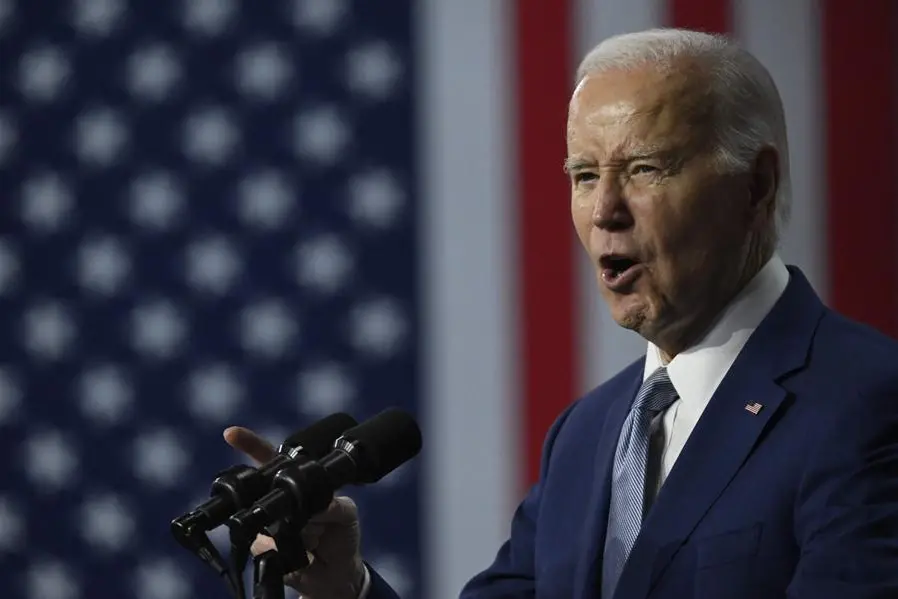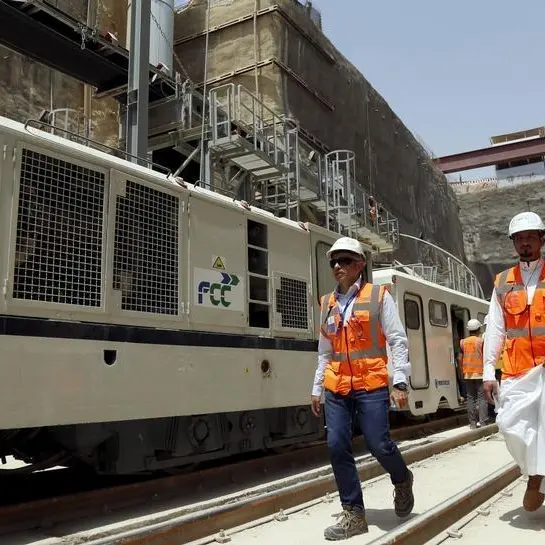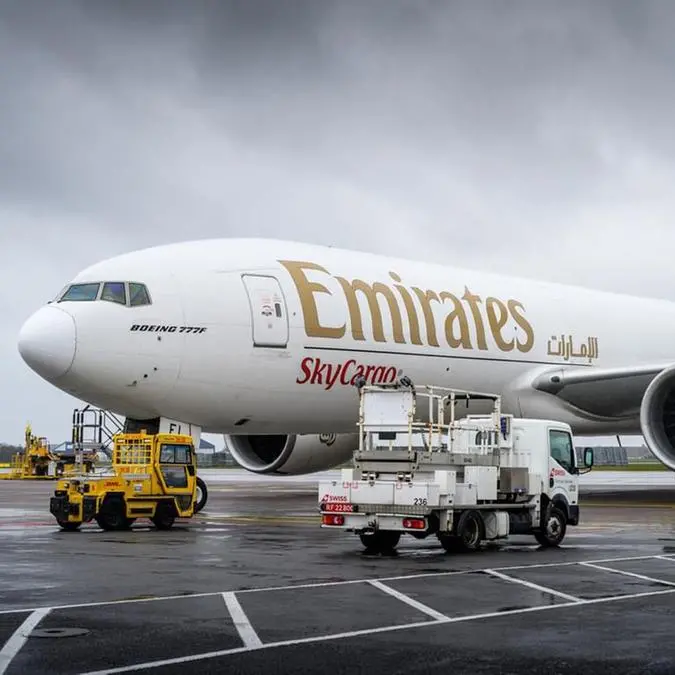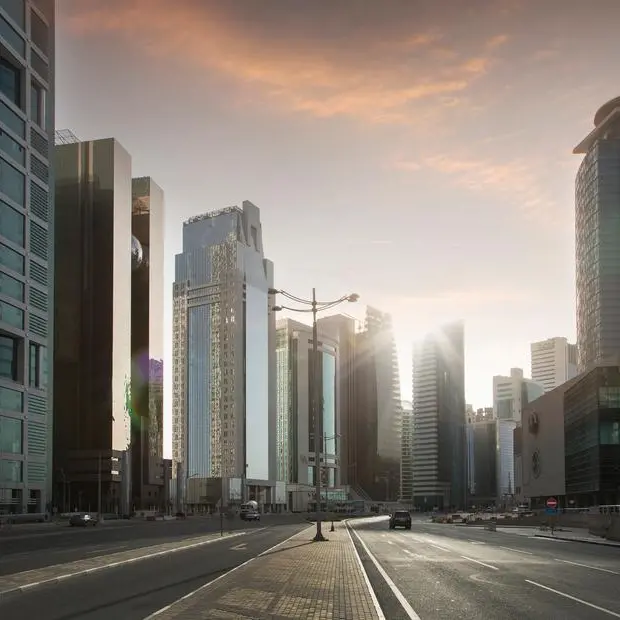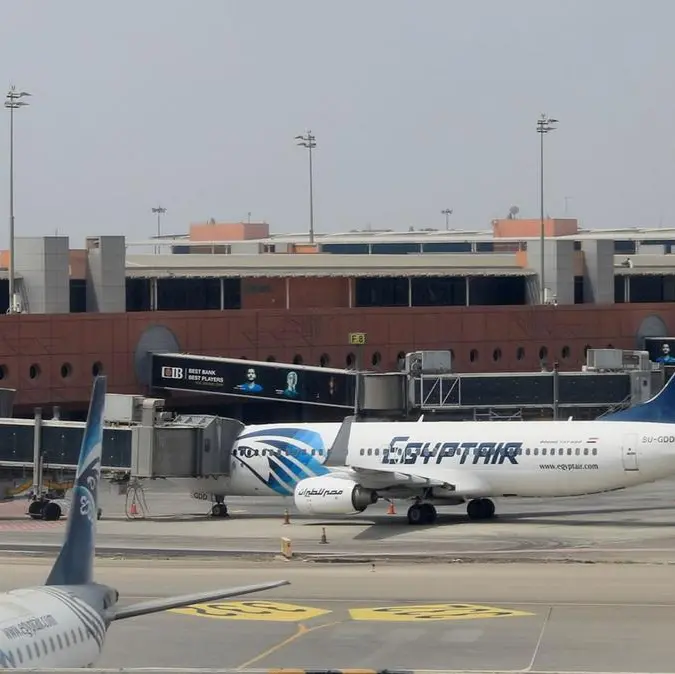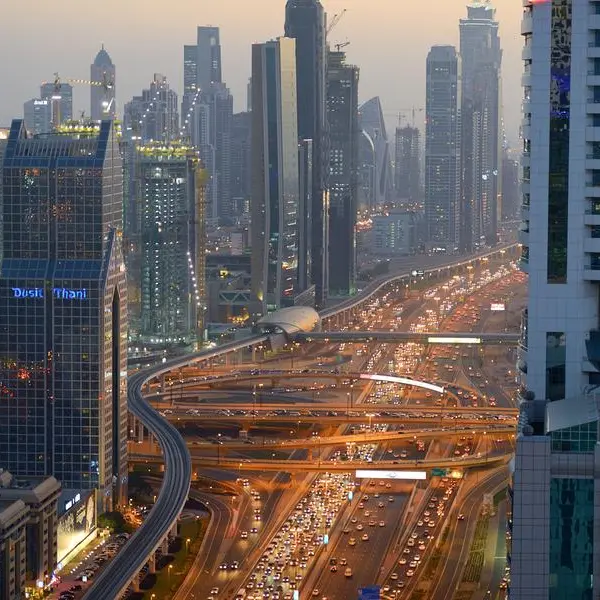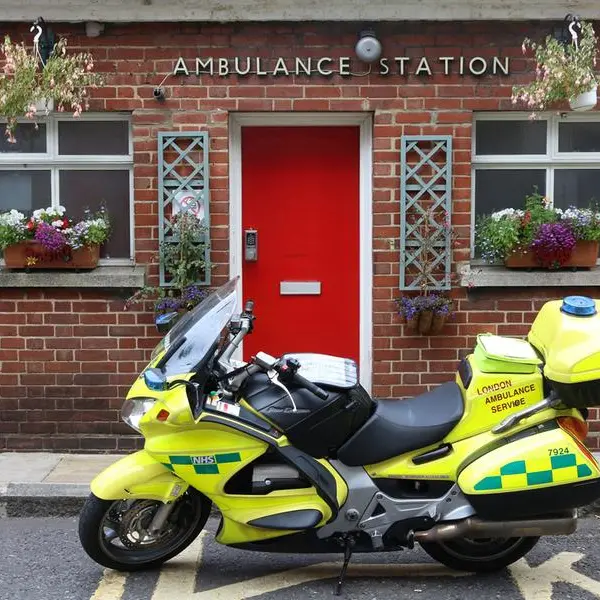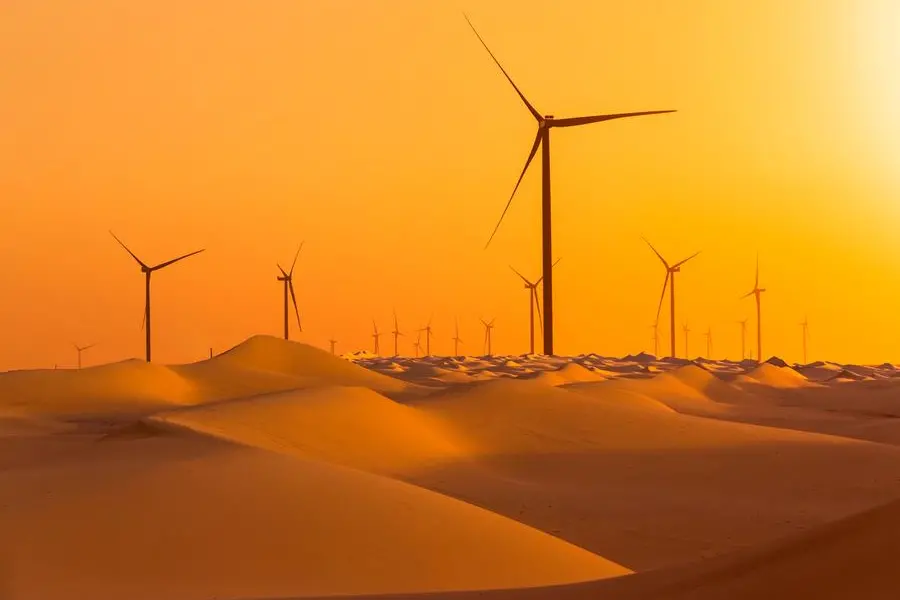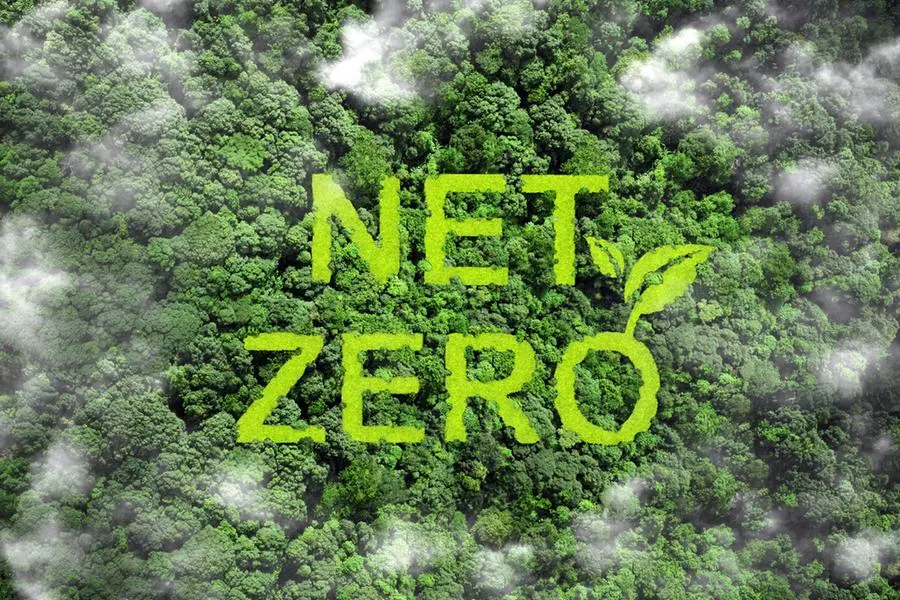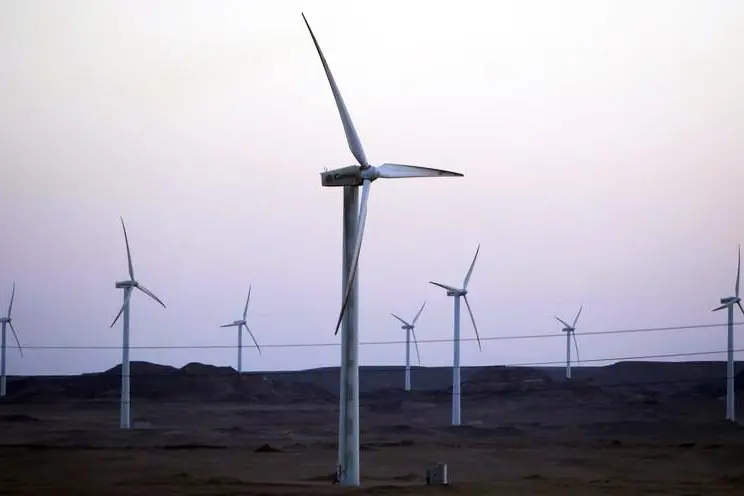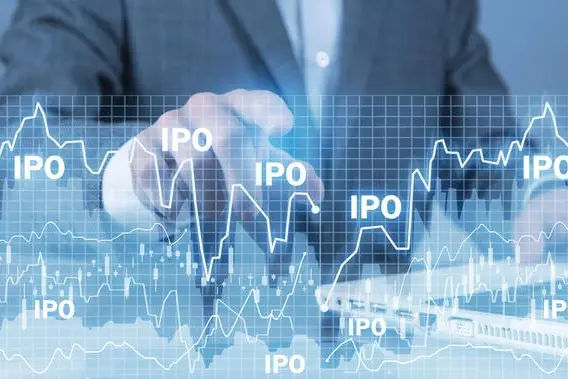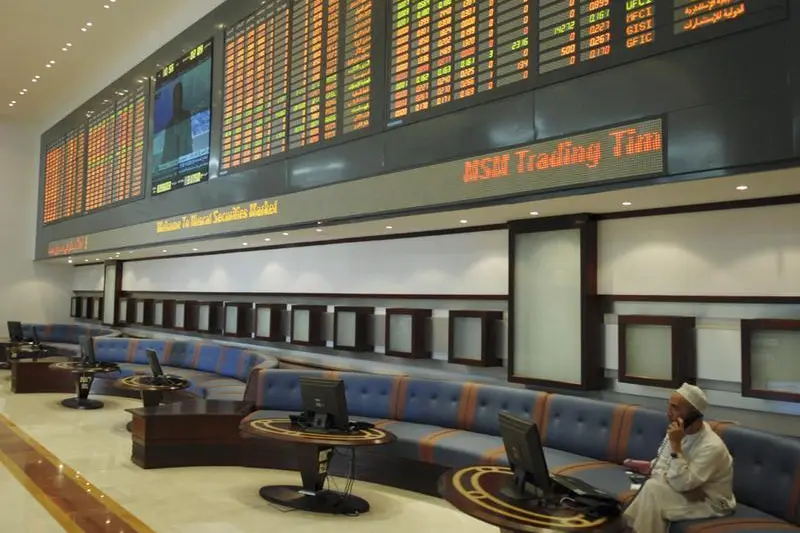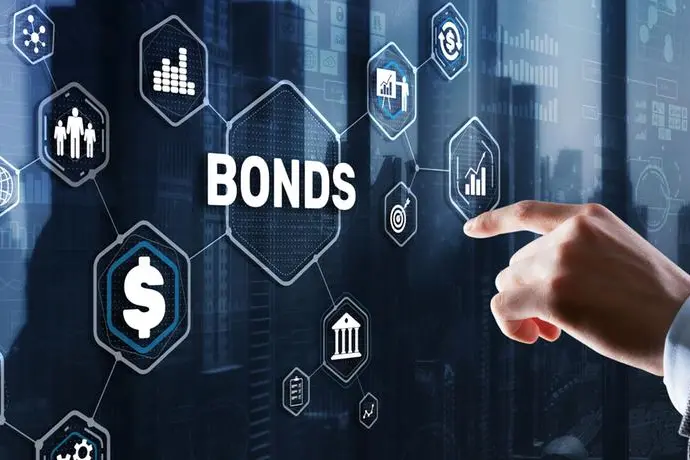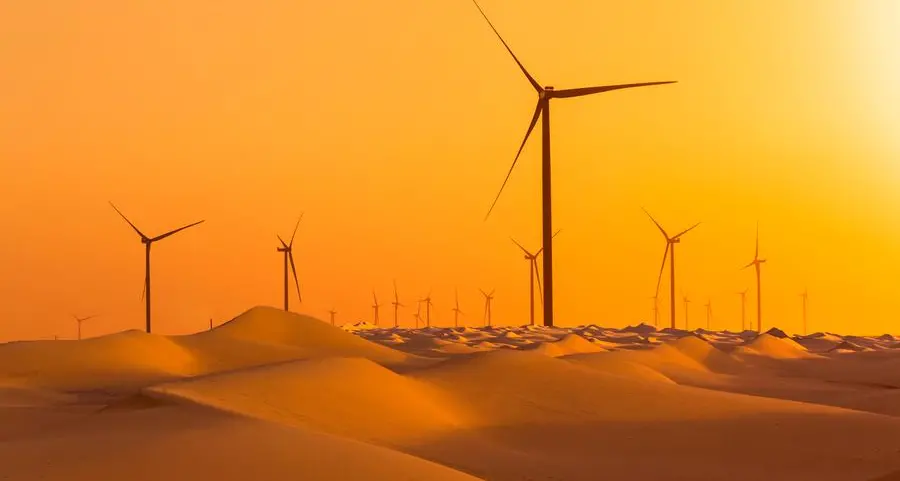PHOTO
Train enthusiast Joe Biden unveiled a $8.2 billion plan Friday to get America's creaking rail network back on track, including its first ever high-speed link between Los Angeles and Las Vegas.
Slow, infrequent and often non-existent, trains have long been the poor relation of cars and planes in the United States.
But the US president, who used the train between his Delaware home and Washington so much as a US senator that he was nicknamed "Amtrak Joe," visited Las Vegas to announce a series of federally funded rail upgrades.
"You have no idea how much this pleases me," Biden said at a union center in the gambling hub.
The plan would "put our nation back on track with the fastest, safest and greenest railways in the world."
Biden's administration hopes to complete the Vegas-to-LA rail link by 2028. It is designed to slash the current five-hour car journey to two hours and 40 minutes -- part of a larger ambition of doubling passenger numbers on America's railways by 2040.
Biden highlighted the fact that China, the world's second-largest economy, boasts trains that travel 220 miles an hour (350 kilometers an hour).
- 'Transformational' -
The Democrat also took the chance to lash out at his likely rival in the 2024 election, Republican Donald Trump, for failing to improve US infrastructure while he was president.
"He likes to say America's a failing nation," said Biden. "Frankly he doesn't know what the hell he's talking about."
Major rail projects are part of the infrastructure investment plan that Biden pushed through shortly after taking office, which allocated $66 billion for passenger trains.
This is the largest sum allocated to passenger rail since the formation of Amtrak in 1971.
The quasi-public company was set up to relieve private freight of the burden of passenger transport, and now operates inter-city rail lines across the country.
"This will be truly transformational for US passenger rail," Amtrak executive vice-president Laura Mason told AFP.
The funding will create new lines and extend existing ones, boost services, upgrade stations and build modern, faster trains.
A line between San Francisco and Los Angeles is in the works, which like the LA-Las Vegas service which will receive up to approximately $3 billion.
The shuttered line connecting New Orleans, Louisiana with Mobile, Alabama is due to reopen almost 20 years after it was destroyed by Hurricane Katrina.
- 'Skeletal' network -
Trains played a crucial role in expansion across the western United States in the 19th century, but today's network is "skeletal," Jim Mathews, the head of the US Rail Passengers Association, told AFP.
Train service in the densely populated northeastern United States is relatively regular but crossing the country from east to west takes between two and two-and-a-half days.
"You'll have to change trains in Chicago," Mathews said. "And if you want a sleeping compartment, you have to book that months in advance."
It's not just a question of repairing tracks and building new trains, but also "changing how people move, and how do we encourage mode shift out of cars, out of airplanes, onto trains," said Mason from Amtrak.
- 'Real change' -
The current context is favorable for train travel, Mason insisted.
"We're seeing a real change coming out of the pandemic and how people want to move," she said, adding that passenger numbers were growing.
Some do it for environmental concerns, while others choose train travel for its tranquility, convenience or simply "for the experience," she added.
In the waiting area at Washington's Union Station, Alan Beaubien, who lives in Florida, was in town on a business trip.
"Once I'm in the northeast, I will always use the train," he told AFP.
But "when you get into more the Midwest or the West, you don't have as many options," he said.
Chukwuemeka Chuks-Okeke is another loyal Amtrak user.
"There's obviously no traffic, and I enjoy taking the train. It's relaxing," he told AFP.
